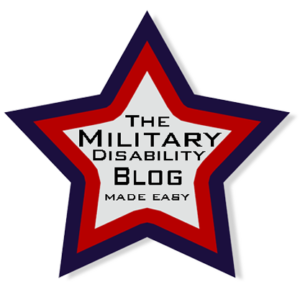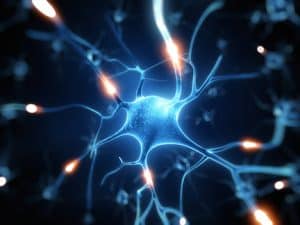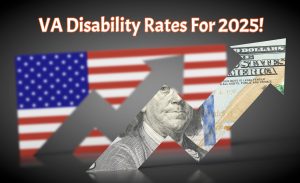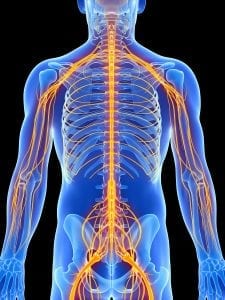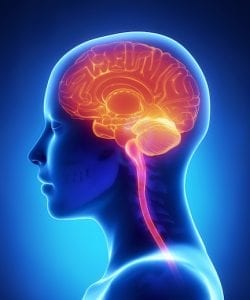National PTSD Awareness Month
- Published:
- Last Updated: October 4, 2022
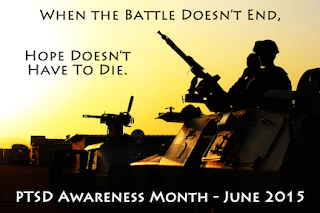
June is National PTSD Awareness Month, and the VA has established June 27 (this Saturday) as National PTSD Awareness Day. The VA’s 2015 Campaign encourages people to “learn, connect and share” in order – to help people recognize the symptoms of PTSD, learn about available treatment options, and share that information with others.
Throughout time, traumatic events have been a part of the human experience. Whether a saber tooth tiger attack, a devastating natural disaster, a terrorist attack, or an every day car crash, traumatic events cause similar physical, emotional, and psychological symptoms. PTSD can occur after any type of trauma, including sexual trauma (like rape), battle, death, or abuse.
Post-Traumatic Stress Disorder (PTSD) was first officially established as a diagnosis in 1980. Prior to that time, symptoms of PTSD were identified by many names, such as “nostalgia” which was described in 1761 by Austrian physician Josef Leopold as feelings of sadness, homesickness, sleep problems, and anxiety among soldiers who experienced battlefield trauma. During the Civil War, these symptoms became known as “Soldier’s Heart” due to the rapid heartbeat, trouble breathing, and anxiety experienced by soldiers.
During World War I, some PTSD symptoms, such as panic and sleep difficulties, were labeled “shell shock” because they were considered a reaction to artillery shell explosions. In World War II, “shell shock” was replaced by Combat Stress Reaction (CSR), otherwise known as battle fatigue, and there was quite a bit of disagreement among military officers as to whether CSR was real or not. Lieutenant General George Patton nearly ended his career when he slapped two soldiers who were hospitalized with “nervous conditions” and called them cowards.
In 1952, the American Psychiatric Association (APA) published the first Diagnostic Statistical Manual of Mental Orders (DSM-I), which did not include a classification for PTSD. Over the years, the APA and the medical community struggled to come up with a definitive diagnosis for the stress disorders suffered by those who experienced traumatic events. Finally in 1980, the official diagnosis of PTSD was added to DSM-III. The VA currently uses the DSM-5 requirements for diagnosing PTSD. More information on this can be found on our PTSD page.
The VA is one of the largest health care systems in the US to provide specialized treatment for PTSD, since it recognizes that PTSD is a significant health care issue for our veterans. In 2014 alone, over 535,000 veterans were treated for PTSD by the VA. The VA and their National Center for PTSD lead the way in research, education, and the training of medical professionals in top PTSD treatments.
For more information about the VA’s National PTSD Campaign and to learn more about the many resources available to you, read their recent article. Among that information you will find a free mobile app, PTSD Coach, that gives you information on PTSD and treatment options, allows you to screen and track your symptoms, and offers direct links to help and support.
We strongly support any programs and resources designed to help our veterans suffering from PTSD. Help and hope are available.
Recent Posts
Leukemias and Multiple Myelomas NOW on the Presumptive List
January 9, 2025
Two MORE Conditions added to the Burn Pit Presumptive List
January 3, 2025
The 2025 VA Disability Rates are here!
December 2, 2024
-NEW- Proposed Changes to the Ratings of the Central Nervous System
November 14, 2024
About Us

